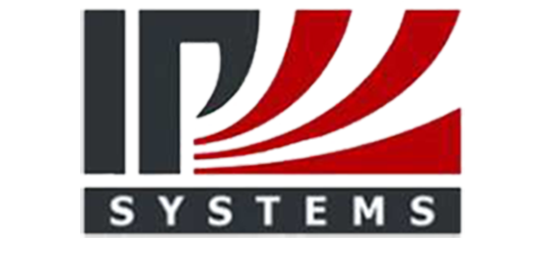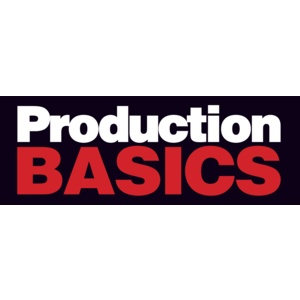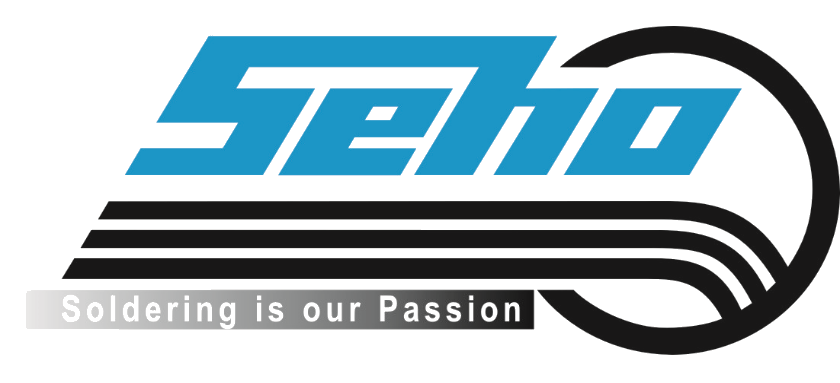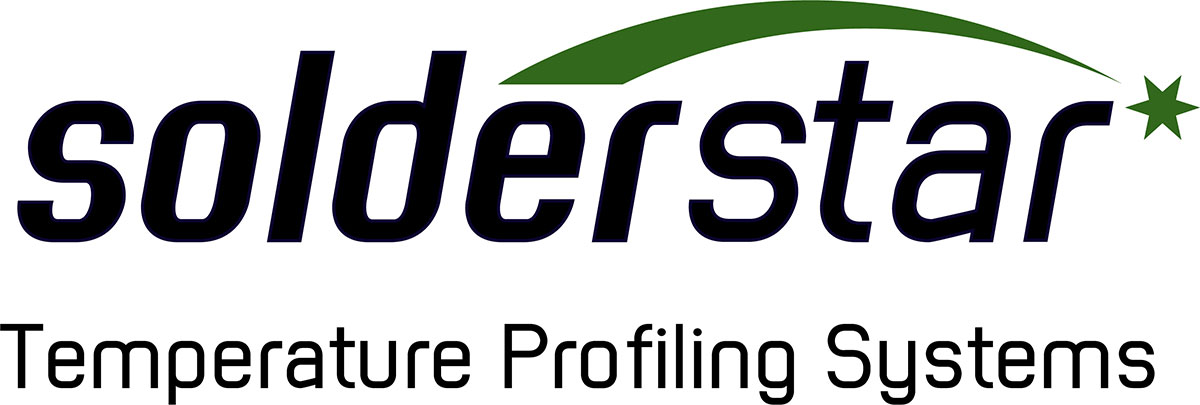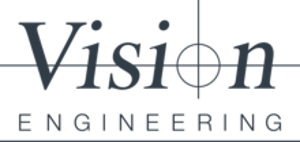Wave and Selective Solder
Soldering is the basis for all electronic connections. Without solder connections nothing would be connected and our industry would not exist. Nor would there be any of the electronic products that we have come to rely on. In the 1950’s and 1960’s electronic components were (relatively) large and components would be soldered in place and to each other on basic printed circuit boards (PCB’s). Some interconnections were done using wire-wrapping on the bottom side of the board instead of printed wiring on circuit boards. Components were inserted “through the board” and the interconnections were made by soldering (or wiring) individual legs (or leads) of each component to other component leads to form a circuit. Virtually all components untl the late 1980’s were “through-hole” components with all the soldered interconnections done on the bottom side of the circuit board. This all began to change when components became “surface - mounted” and they were not soldered on the bottom of the board but soldered on top. But even today some components are still “through-hole” type components and need to be soldered on the bottom side. These components can be soldered into place using a wave solder machine or a selective solder machine. A wave solder machine basically solders the entire bottom side of the PCB all at the same time so all the connections that are on the bottom side get soldered as the PCB moves across the stationary wave of solder. This is a relatively fast way to solder the bottom side of a PCB when there are through hole components. A selective solder machine generally has a small, moving mini-wave of molten solder that moves around under the PCB to only solder the selected few through hole connections. This type of machine has become very popular in the past 10+ years due the wide adoption of PC boards that have a mix of through hole components and surface mount components on the bottom of the PCB.
Reflow Soldering
The technology switch to surface mounted components (SMT) has enabled many advances in miniaturization of all electronic end-user products as SMT components can be much smaller than through-hole components. The soldering (or interconnections) are done on the top side or top surface of the PCB. The method of connection the individual component leads is done by deposition solder in paste form (a mix of tiny solder spheres and flux to make a paste) onto each component pad on the PCB. Then the components are placed onto the solder paste and once all the components are placed the entire PCB assembly is sent through a SMT reflow oven and all the solder paste is melted and all the components are soldered into place. Reflow ovens are in-line and generally have multiple heat zones that the PCB travels through to gradually raise the temperature of the PCBs’ so not to thermally shock the components. In order to insure good, reliable solder connections and therefore reliable end-products, solder paste needs to be heated at a slow speed that allows the flux in the paste to clean the solder pads and the component leads so the connection is most reliable. This gradual temperature increase is called “profiling” of the reflow oven. Very light weight PCB’s will have a different temperature profile than heavy server PCB’s and proper temperature profiling ensures that all the components are heated correctly to insure solder joint reliability.

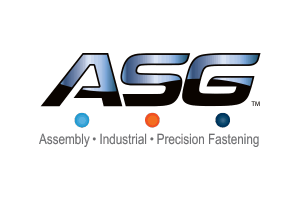
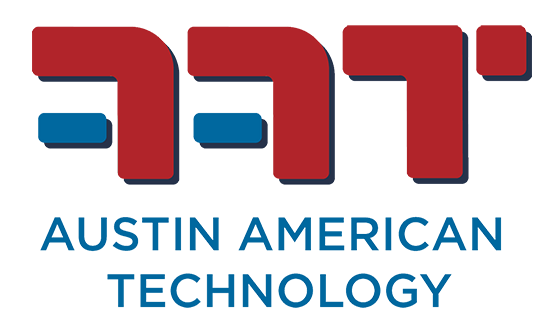
.png)
.png)



